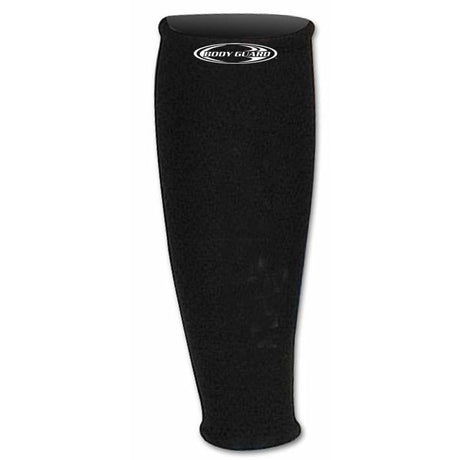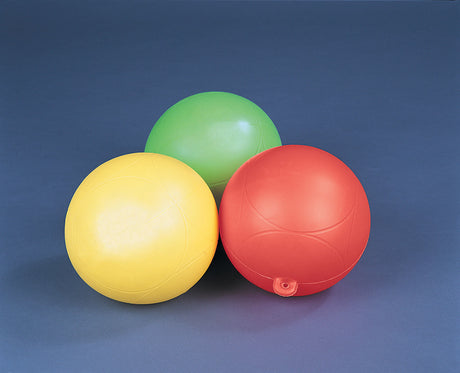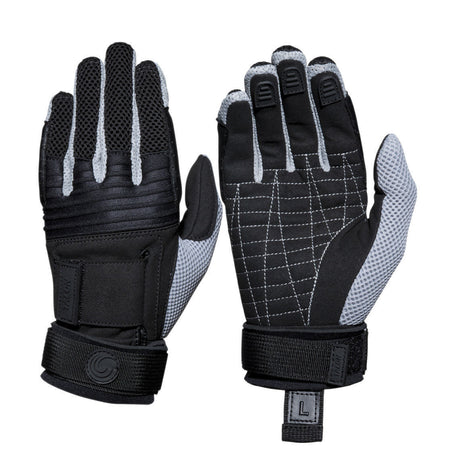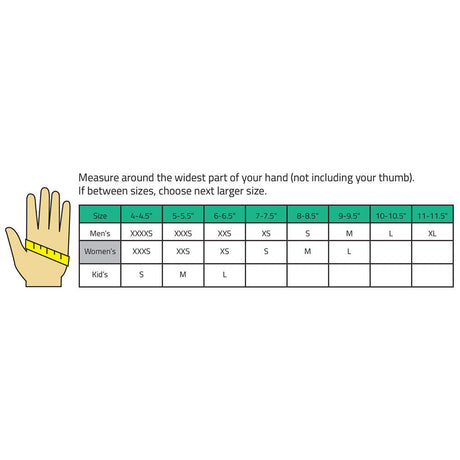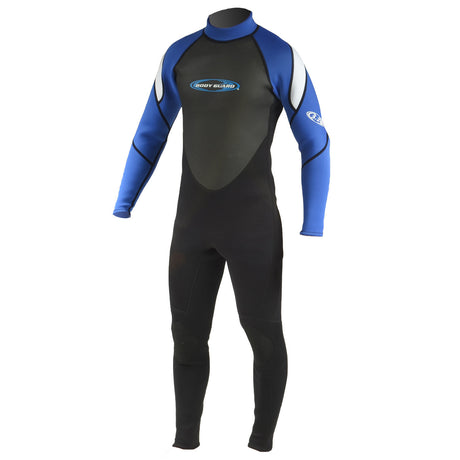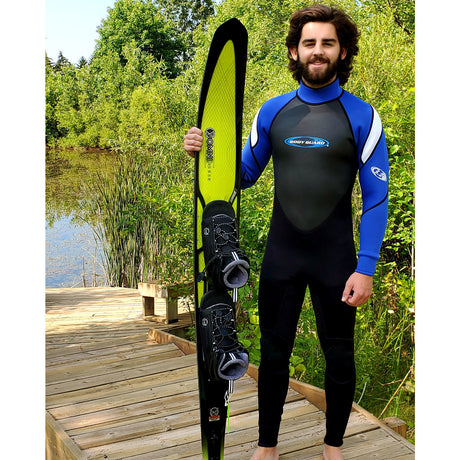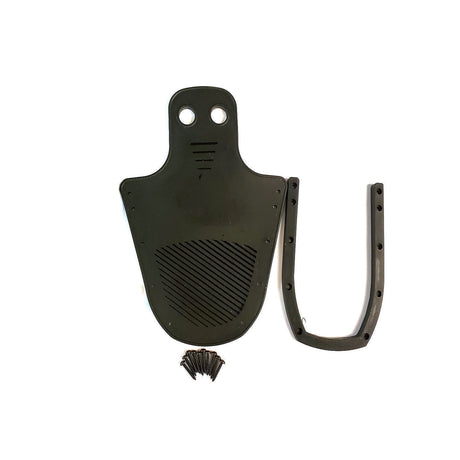Maybe you've read our tips for better wakesurfing. Maybe you're trying to up your game -- or you're just shopping for your first board. Which kind of board should you get? The style of wakesurf board you invest in will significantly impact how it handles -- and how you perform as a rider.
There are three types: Skim, surf, and hybrid. Let's compare.
Skim Wakesurf Boards

Pictured: Liquid Force TC Skim
Skim boards are ideal for intermediate to advanced riders who enjoy performing tricks and spins.
Characteristics
- Shape and Size: Skim boards are generally smaller, thinner, and lighter than surf boards. They have a symmetrical shape with minimal rocker (curve from nose to tail).
- Fins: These boards usually have one small fin or no fins at all, enhancing their maneuverability and allowing for quick 360s and other tricks.
- Material: Often made from epoxy or compression-molded materials, skim boards are durable and lightweight.
Best For
Pros
- Highly maneuverable and responsive.
- Excellent for performing tricks and spins.
- Lightweight and easy to control in the air.
Cons
- Less stability and buoyancy compared to surf boards.
- Not ideal for beginners due to the technical skill required.
Surf Wakesurf Boards

Pictured: Connelly Big Easy Wakesurfer
Surf-style wakesurf boards are suitable for beginners due to their stability, as well as for advanced riders who enjoy carving and riding larger waves.
Characteristics
- Shape and Size: Surf boards are larger, thicker, and often have a directional shape with a pronounced rocker. They resemble traditional ocean surfboards.
- Fins: These boards typically have multiple larger fins (2-4), providing better grip and stability on the wave.
- Material: Constructed from foam cores with fiberglass or epoxy coating, surf boards are designed for buoyancy and strength.
Best For
Pros
- Stable and easy to ride, making them beginner-friendly.
- Excellent for carving and riding larger waves.
- More buoyant, providing a smoother ride.
Cons
- Less maneuverable for performing technical tricks.
- Bulkier and heavier than skim boards, making aerials more challenging.
Hybrid Wakesurf Boards

Pictured: Hyperlite Good Daze Hybrid Wakesurf Board
Hybrids are great for all skill levels, providing a middle ground between the stability of surf boards and the maneuverability of skim boards.
Characteristics
- Shape and Size: Hybrid boards blend features from both skim and surf boards, offering a versatile design. They vary in size but generally have a moderate rocker and a combination of surf and skim shapes.
- Fins: These boards may have configurable fin setups, allowing riders to customize the board's performance based on their preference.
- Material: Hybrids can be made from various materials, including a mix of foam, fiberglass, and epoxy, balancing durability and weight.
Best For
Pros
- Versatile and adaptable to different riding styles and conditions.
- Balanced performance, offering stability and maneuverability.
- Configurable fins allow for customization.
Cons
- May not excel in any one area compared to specialized boards.
- Can be more expensive due to their versatile design.
Choosing the Right Board
When selecting a wakesurf board, it's important to consider:
- Skill Level: Beginners may prefer the stability of surf boards, while advanced riders might opt for skim boards to perform tricks. Hybrids offer a balanced option for all levels.
- Riding Style: Think about whether you want to focus on tricks, cruising, or a mix of both. This will help determine whether a skim, surf, or hybrid board is best for you.
- Wave Conditions: Consider the typical wave conditions where you will be riding. Surf boards are better for larger waves, while skim boards perform well on smaller, more technical waves.
- Personal Preference: Ultimately, your personal preference and comfort on the board should guide your decision. Try different types of boards, if possible, to see which feels best for you.
(Board Fins Matter, Too!)
The number of fins, and their size and placement, play a big role in how any type of wakesurf board performs.
Read our guide to wakesurf board fins here!
Ensuring you have the right fin setup for your board will ensure your riding style and skills are maximized on the wake.



